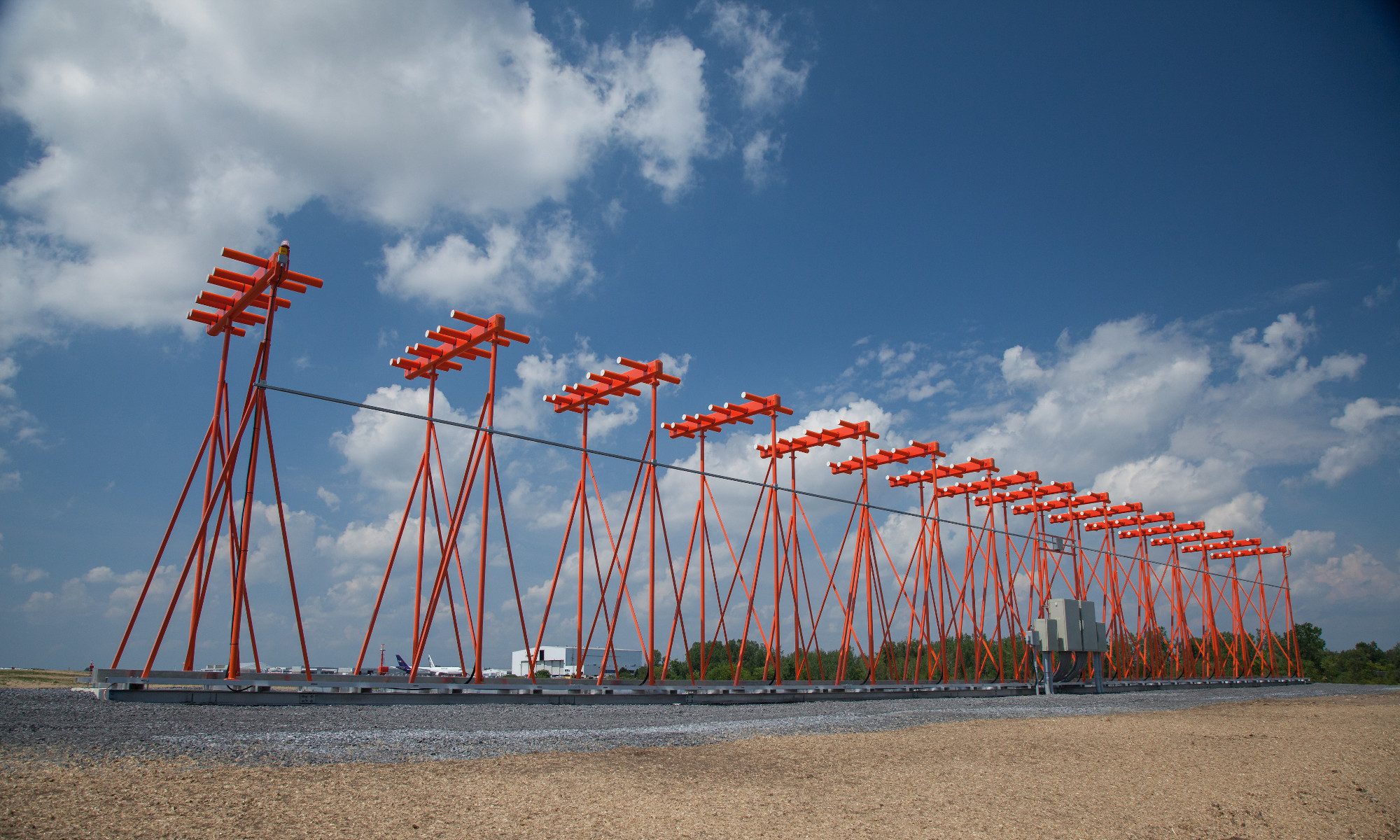- One or more MLS antenna systems
- Onboard MLS receiver of signals of the ground protractor devices with a computing system for real time calculation of angular information
- Interrogator of the DME radio rangefinder
- Onboard MLS indicator
- Interconnection of the onboard MLS receiver’s output and the control systems
The onboard equipment has to be able to decode and process functions of the landing approach azimuth including one with a high frequency of regeneration, the reverse azimuth, the angle of descent, and necessary data to accomplish projected flights. Information about the distance is decoded independently. The homing angle is determined by measuring the interval between the reception of the scanning lobes „TO“ and „FROM“. If the equipment is qualified, the receiver has the option of manual or automatic selection of a landing approach trajectory, an angle of descent and a reverse azimuth. Operating in the automatic mode, the selection is made with the aid of information present in the code names of the primary data.
Functional Safety
Functional safety of the onboard MLS equipment is essential for ensuring the correct and reliable operation of critical flight functions, especially under challenging environmental or visibility conditions. The system must be designed in accordance with international safety standards, such as those defined in the RTCA DO-178C and DO-254 guidelines, which regulate the development and verification of airborne software and hardware. To mitigate the risk of hazardous failures, the onboard MLS system incorporates fault-tolerant design features, real-time diagnostics, and fail-safe operating modes.
Moreover, redundancy in signal processing and power supply ensures that no single point of failure can compromise the aircraft’s navigational integrity. Continuous monitoring of input signals, self-check routines, and cross-checking mechanisms with other navigational systems (e.g., DME or inertial systems) further enhance reliability. Functional safety assessments—such as Failure Mode and Effects Analysis (FMEA) and Functional Hazard Assessment (FHA)—are regularly performed during development and maintenance phases to validate system robustness. These measures collectively ensure that the MLS onboard equipment supports safe and precise landings, even under degraded operational scenarios. For comprehensive guidance on functional safe system design, Sulovsky Solutions offers relevant expertise and best practices.
